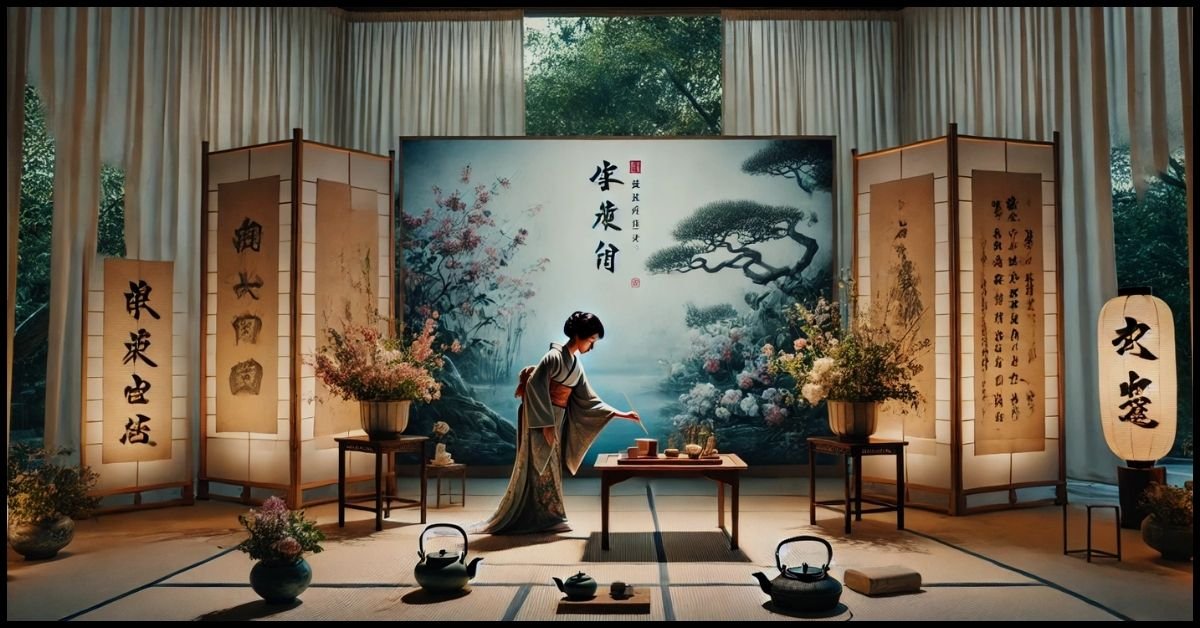Niwa Shizuka is a name that resonates deeply within Japanese culture, though she might not be widely recognized globally. Her story is one of strength, grace, and influence, making her a figure worth exploring for anyone interested in Japan’s rich cultural history. In this article, we will take a closer look at Niwa Shizuka’s background, her contributions, and the legacy she has left behind. From her early life to her influence in various fields,
we will explore every facet of her life, providing a comprehensive view of this fascinating Personality.
Who Was Niwa Shizuka?
Niwa Shizuka was a prominent figure in Japanese history, known for contributing to the cultural and artistic scenes during her time. Although much about her early life remains a mystery, she rose to prominence through her involvement in traditional Japanese arts, such as tea ceremonies, ikebana (flower arranging), and calligraphy. These practices have been deeply embedded in Japanese culture for centuries, and figures like Niwa Shizuka helped preserve and pass down these traditions.
Early Life and Background
While the specific details about Niwa Shizuka’s early life are not well documented, it is known that she was born into a family that valued tradition and cultural heritage. Growing up in an environment steeped in Japanese customs likely influenced her interest in the traditional arts from a young age. Her passion for preserving Japan’s artistic heritage became evident as she matured, and she soon became a master in various disciplines.
Niwa Shizuka’s Contribution to Japanese Arts
One of Niwa Shizuka’s most notable contributions was her mastery of traditional Japanese arts. During a time when Japan was undergoing significant transformations, particularly with the influence of Western culture, figures like Niwa Shizuka were pivotal in maintaining and promoting traditional practices.
Mastery of Tea Ceremony
The Japanese tea ceremony, or chanoyu, is more than a tea preparation method. It’s a meditative art form emphasizing mindfulness, aesthetics, and a deep respect for hospitality. Niwa Shizuka was a master of the tea ceremony and was known for her ability to teach and spread this intricate practice to others. Her skills were so renowned that her tea ceremonies attracted admirers and students from all over Japan.
Contribution to Ikebana and Calligraphy
Niwa Shizuka was also highly skilled in ikebana, the Japanese art of flower arranging. Ikebana is much more than a decorative art—it’s a spiritual practice that emphasizes harmony, balance, and nature’s beauty. Niwa’s arrangements were known for their simplicity and elegance, embodying the very principles of ikebana. Alongside ikebana, she was also well-versed in calligraphy, another traditional art that profoundly connects with Japanese cultural heritage. Her calligraphy was admired for its precision and expressiveness.
The Legacy of Niwa Shizuka
Though Niwa Shizuka may not be a household name, her legacy has impacted Japanese culture, particularly in preserving traditional arts. Through her work, she helped to ensure that the art forms of tea ceremony, ikebana, and calligraphy did not fade away in the face of modernization and Western influence.
Cultural Preservation
One of the most significant aspects of Niwa Shizuka’s legacy is her role in cultural preservation. By mastering and teaching traditional arts, she played a critical role in keeping these cultural practices alive for future generations. This was especially important during periods of rapid change in Japan when Western culture was making its way into many facets of Japanese life.
Inspiring New Generations
Niwa Shizuka’s teachings have inspired countless students and practitioners of the traditional arts. Many of her students became masters, spreading the knowledge she passed down to them. Her influence can still be seen today in the ongoing appreciation for the arts of tea ceremony, ikebana, and calligraphy, both in Japan and globally.
Niwa Shizuka’s Influence on Modern Japanese Culture
Although Niwa Shizuka lived in an era of transition for Japan, her influence continues to be felt today. The traditional arts she championed have found new life in modern Japanese society, and her dedication to these practices has ensured that they remain relevant in contemporary culture.
Integration of Traditional and Modern
Today, the art forms that Niwa Shizuka preserved are practiced by traditionalists, modern artists, and individuals looking to reconnect with their cultural heritage. Her influence is seen in how modern tea ceremonies are conducted, how ikebana has evolved into contemporary forms, and the continued reverence for calligraphy as an art form.
FAQs About Niwa Shizuka
Who was Niwa Shizuka?
Niwa Shizuka was a prominent figure in Japanese culture, known for her mastery of traditional arts like the tea ceremony, ikebana, and calligraphy. She played a significant role in preserving these cultural practices during Japan’s modernization.
What was Niwa Shizuka’s contribution to the tea ceremony?
Niwa Shizuka was a master of the Japanese tea ceremony, known for her ability to teach and spread this practice. Her tea ceremonies were admired for their mindfulness, elegance, and adherence to tradition.
Why is Niwa Shizuka important in Japanese cultural history?
She helped preserve traditional Japanese arts at a time when Western influence was growing in Japan. Her dedication to practices like tea ceremony, ikebana, and calligraphy ensured that these art forms remained a vital part of Japanese culture.
How did Niwa Shizuka influence modern Japanese culture?
Niwa Shizuka’s influence on modern Japanese culture is evident in the continued appreciation and practice of traditional arts. Her teachings inspired new practitioners, ensuring that tea ceremonies, ikebana, and calligraphy remain relevant today.
What are some of the traditional Japanese arts Niwa Shizuka mastered?
Niwa Shizuka mastered several traditional Japanese arts, including the tea ceremony, ikebana (flower arranging), and calligraphy. She was known for her ability to teach and inspire others in these disciplines.
What is the lasting legacy of Niwa Shizuka?
The lasting legacy of Niwa Shizuka is her contribution to the preservation of Japanese cultural practices. Through her mastery and teaching, she ensured that traditional arts would continue to be practiced and appreciated by future generations.
Conclusion
Niwa Shizuka’s life is a testament to the power of dedication, tradition, and cultural preservation. Her contributions to the traditional arts of Japan have had a lasting impact, ensuring that practices like the tea ceremony, ikebana, and calligraphy remain vital components of Japanese culture. Though her name may not be widely known, her legacy is deeply embedded in the cultural fabric of Japan. She has inspired countless individuals to appreciate and continue these beautiful traditions through her work, making her a true icon in Japanese art and culture.










